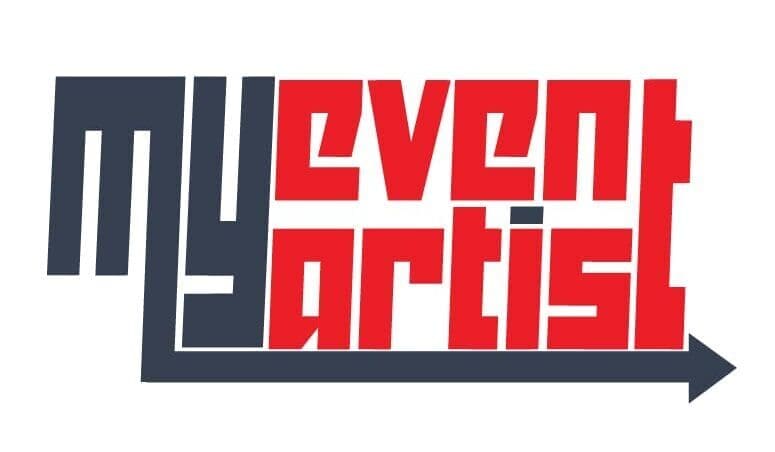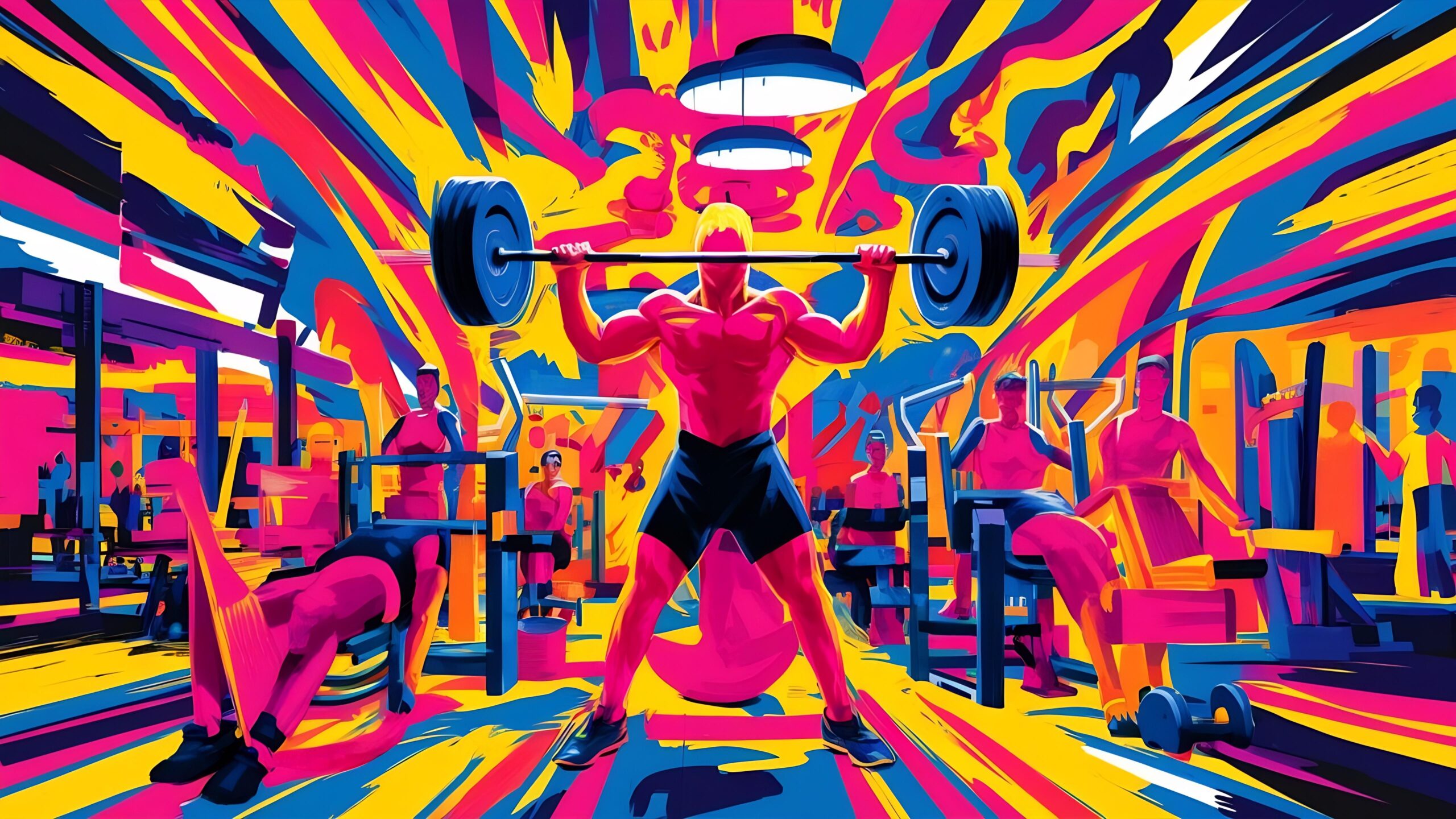Tips to ensure every attendee can enjoy and relate to your event branding.
In the world of sports, logos are more than just a mark—they’re the face of your event, the rallying point for fans, and an essential part of building vibrant communities. But what if a portion of your audience can’t fully experience the energy and excitement of your brand simply because of how your logo is designed? Colorblindness affects roughly 1 in 12 men and 1 in 200 women worldwide, making accessible logo design not just considerate but crucial. Here’s how to ensure your sports event logo is colorblind-friendly—so everyone can proudly connect with your brand.
1. Why Accessibility in Sports Branding Matters
Great event brands bring people together. If your logo isn’t accessible to all fans, you risk alienating some members of your community, undermining the inclusive spirit that sports should foster. Designing for accessibility means ensuring that every attendee—regardless of how they see color—can enjoy, recognize, and relate to your event’s identity.
2. Understanding Colorblindness and Its Impact
Colorblindness (color vision deficiency) comes in several forms. The most common, red-green colorblindness, makes it hard to distinguish between reds, greens, and browns. Other types affect blues and yellows. If your event logo relies on problematic color pairings, it may look muddled or indistinguishable to colorblind fans, reducing its impact.
3. Choosing a Colorblind-Friendly Palette
- Avoid Problematic Pairings: Skip using red/green, green/brown, blue/purple, or green/blue together in your logo palette.
- Use High Contrast: Select colors that vary in lightness and darkness (luminance) so they stand out even in grayscale or filters.
- Try Colorblind Simulators: Tools and browser extensions can mimic how your color choices appear to people with different types of colorblindness. Test your palette during the design process.
Palette Tips:
Blues and oranges, yellows and purples, or darks and lights together are more distinguishable for most viewers.
4. Add Patterns and Textures for Extra Clarity
If your logo uses color to separate elements or indicate teams, reinforce those differences with patterns or textures—like stripes, dots, or geometric backgrounds. These visual cues help ensure that even when color is ambiguous, the message and meaning shine through.
5. Test Your Logo With Colorblind Users
No amount of theory beats real-world feedback. Share your logo designs with individuals who have color vision deficiencies (or use digital communities) to gather honest impressions about legibility and recognition.
6. Offer Alternative Formats
Provide monochrome (black-and-white) or high-contrast versions of your logo for applications where color clarity might be compromised (e.g., printed materials, merchandise, digital overlays). This guarantees the logo remains powerful and recognizable regardless of format.
7. Inform Teams and Attendees About Your Commitment
Highlight your accessible branding choices in event materials or on your website. This transparency not only educates others but also demonstrates your event’s commitment to creating an inclusive and welcoming environment for all.
Conclusion: Make Your Sports Event Brand Inclusive
Designing colorblind-friendly sports logos ensures that every attendee, player, and supporter feels seen and valued. By choosing accessible color palettes, using clever design techniques, and openly embracing inclusivity, you strengthen both your visual identity and your community. Let your next sporting event stand out for its accessibility as much as its energy and excitement!
Looking for accessible, customizable sports event logos?
Browse colorblind-friendly designs at https://myeventartist.com/shop/.
Keywords: colorblind-friendly design, accessible branding, sports logos, event accessibility, inclusive design, visual identity
#colorblindfriendlydesign #accessiblebranding #sportslogos #eventaccessibility #inclusivedesign #visualidentity



Leave a Reply